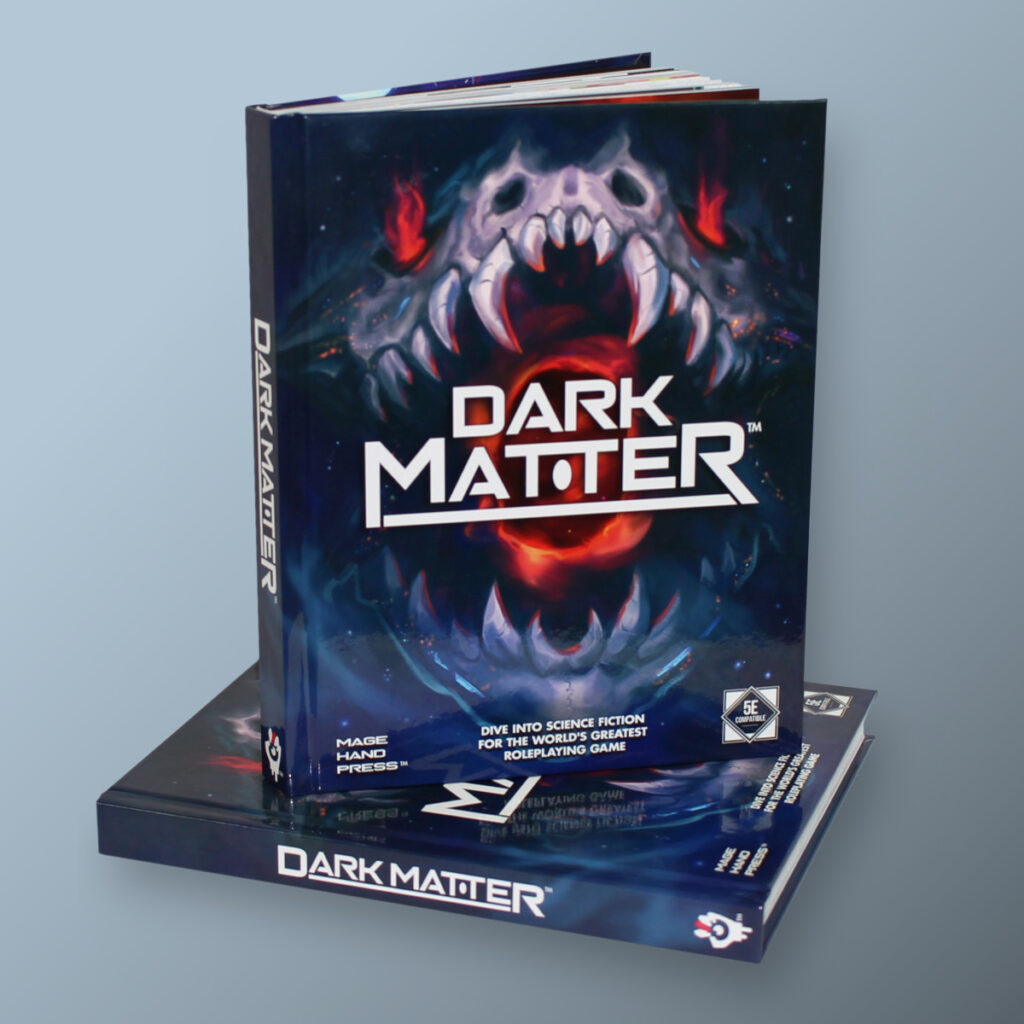We’re definitely in passion-project territory here. This article is about how to use Siegeball as an entire campaign, rather than as a one-session diversion.
But before we get to that, Lv99Pangolin has been an absolute hero.
PDFs For All!
It’s about time to shout out Lv99Pangolin, who has been back as it, picking up the slack and making PDFs for all the posts we neglected. (Thanks, Pango! You’re the greatest.) If you want to see his changelog (and hear him vent about why he hasn’t been sweating away in the PDF forge in a little while) click here.
All the MFoV posts that haven’t gotten a PDF (including this one) now have one, compiled in this Google Drive folder. Go take a look!
– – –
Tournaments as Campaigns
One of the more obvious uses for a siegeball tournament is as a wrapper for an entire campaign, as the two match exceedingly well. Campaigns involving siegeball feel very different depending on the party’s level, adopting different themes, goals, and villains as the party progresses. This section will cover three different types of siegeball tournament campaigns:
Low Level Campaigns
Before 5th level, siegeball campaigns are bound to be gritty affairs of underground tournaments taking place in dangerous arenas. Until the party achieves enough notoriety to be noticed by a siegeball scout, every day is a struggle for survival. Brutal enemy teams leave them battered and bruised after every game, and lethal weapons like warhammers are brought in regularly. Each game risks life and death, in addition to lifechanging glory.
The party’s coach (or owner, as the case may be) will likely be an antagonist in this type of campaign, acting as a driving force to push the party toward ever more dangerous games, while paying them as little as possible, and making escape impossible. The coach is more obsessed with money than safety, and may even place bets against the party in their most perilous games.
The competitors at this level are a combination of the underprivileged athletes with big dreams and criminally violent players that could never advance higher in the game, due to their contempt for authority. A team made exclusive of this latter group might not fare well against the party in winning a game of siegeball, but could easily kill one of them mid-game.
Medium Level Campaigns
When the party finally attains a modicum of success in the underground siegeball arenas, they’ll likely be spotted by a siegeball recruiter for a medium or large city and be signed on a long-term contract. Right away, they’ll be gifted new uniforms and equipment, and will be placed in a tournament against vastly more professional teams. With enough skill and daring, the party might rise to the top of their first professional siegeball tournament to become the underdogs with a shot at the top.
Traveling from city to city for siegeball games gives the party a chance to explore the campaign world, and opens up possibilities for roadside encounters and diversions from the main tournament. Any distraction that seriously injures a party member or delays the party from reaching the stadium in time could endanger their careers as well, so even sidequests have a measure of potential risk.
At this level of the campaign, the ruthlessly competitive opposing teams will rise to become the chief antagonists. This is a great place to insert an experienced rival team who are favored to win the tournament as a foil to the party’s underdog standing. Other interesting teams with strong gimmicks are key to pad out the tournament before the final game.
Of course, it’s possible that the party might find interesting offers coming in from private siegeball arrangements, where ‘no rules’ games are played behind closed doors for a selected audience. These games are clearly unsafe, and those arranging them seem very suspect, but the lavish pay is enticing nonetheless.
Lastly, this period of the campaign sees the party achieving their first real fame: they’ll be recognized on the street and be asked to sign autographs by die-hard siegeball fans. They’re not going to be mobbed by the adoring public quite yet, but this might nonetheless go to their heads.
High Level Campaigns
At the highest level campaigns, the party, who have been playing professional siegeball for some time, is selected by the Championship Committee for inclusion in the Siegeball Championship, the most prestigious tournament anywhere. This is a make-or-break moment in their careers — a single shot at legendary status.
The first obstacle is not the tournament itself, but the steep entry fee. The party might have to sell most of their belongings or accept a dangerous loan to compete. Whatever solution they find, a lot will be riding on them winning a cash prize in the Championship.
When the tournament begins in earnest, the party will compete against the most experienced teams in the world, each of which desperately wants to win the tournament. Each game will be a nail-biting struggle of wills, and the party will need every trick they know to succeed.
Additionally, the Championship tends to attract contenders from much further afield, including a host of non-humanoid teams. Teams of djinni and efreeti travel from the Elemental Planes to compete, and a team of driders always rises from to represent the underworld in the competition. Sahuagin, lizardfolk, and fey creatures like satyrs all travel from their homelands to compete. Sometimes, even a duo of giants enter the competition, wielding a siege club in each hand.
Between games is a long, nervous period of practice matches, punctuated by intrigue. Large conspiracies surround the Championship, from hazardous, illegal drugs being taken by other players to enhance their speed and strength, to sinister donors that have entered new teams in the tournament for mysterious reasons, to plots to sabotage the party’s chances of victory. If the party wants any chance of winning, investigating and exposing these schemes is critical.
At this stage of the campaign, the party can be considered superstars. Ordinary people get starstruck around them (even those who don’t follow siegeball), and they find it hard to push through crowds before games. While this makes covert activity difficult, it also means that common folks will probably help the party in small ways if asked.



